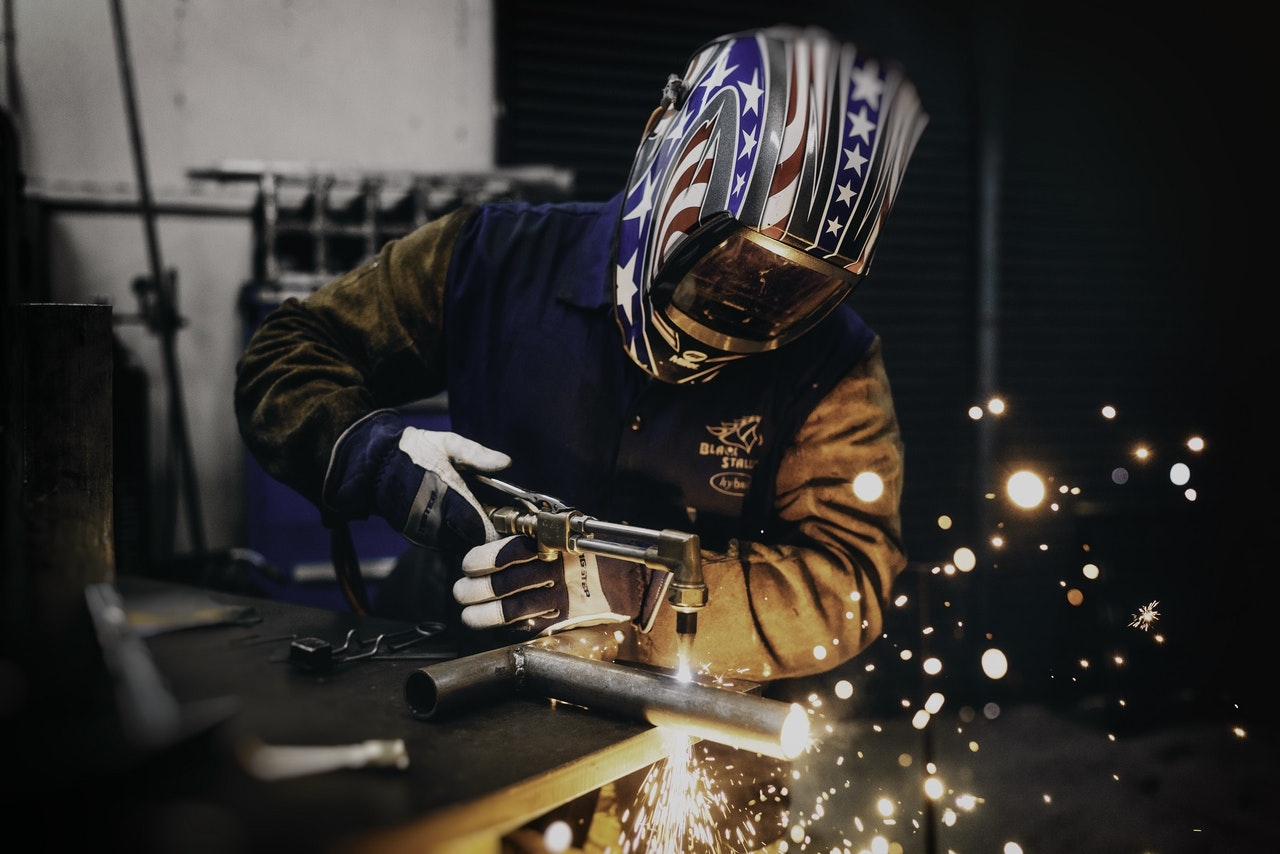The Calculations Behind Your Metalworking Process

Metalworking processes appear complex and mysterious to those outside the industry. Their complexities cannot be denied, but physics and chemistry principles apply at every step in those processes. As a manufacturing firm, you must consider multiple inputs and outputs. This short guide explains how to evaluate materials and offers a quick overview of the calculations that may impact your processes.
5 Ways To Evaluate the Materials Needed for Metalworking
You don’t need an engineering degree to understand one essential metalworking concept.: Each type of metal has a unique set of properties. These properties fall into two distinct categories, physical or mechanical. Both play an important role in choosing the best materials for metalworking applications. When you have multiple options for a particular application, there are five factors you should weigh before making your selection:
- Physical versus mechanical properties
- Type of metal stock required
- Specific machining processes
- Production volume
- Final product applications
1. Properties and Processes
When selecting materials, considering only a single property of any metal is a myopic approach. For example, carbon steel with a high carbon content exhibits a greater tensile strength but lower ductility. On the flip side, stainless steel has a lower tensile strength but higher ductility. These factors impact specific machining processes and calculations in your metalworking.
2. Metal Stock Choices
Metal stock is classified by its material, shape, grade, and dimensional size. Commonly used stock shapes include round, square, and rectangular bars plus round tubes, pipes, channels, sheets, and plates. Working with each type of metal stock requires different machining tools, techniques, perforated metal sheet suppliers, and settings. Unique solutions may be needed to improve efficiency when working with certain types of stock — for instance, groove-and-turn inserts that reduce material waste during cutoff processes with stainless steel bar stock.
3. Final Product Applications
Properties, metal stock, and machining techniques all contribute to the final product outcome. These factors, plus customer specs, determine the type of materials to use. In turn, materials and design affect the metalworking tools and settings needed to create the final product. These principles apply whether you manufacture copper cookware, iron frames for outdoor furniture, or brass table lamps.
4. Engineering Calculations
The calculations you need to perform depend on the types of machining processes used. For example, you may need an engineering calculator to determine force, torque, and power for your end milling application. You’d want a different type of calculator for hole making perhaps a cutting fluid formula to find the appropriate velocity, power, flow, and minimum motor size. While the engineering calculators you’ll find are typically based on theoretical values, they’re useful for helping you set up or modify your machining operations.
5. State-of-the-Art Solutions Available
You must make important decisions regarding the materials, processes, and tools in your metalworking processes. Product quality and production costs impact these decisions. When purchasing metalworking accessories and tools in your operations, choosing a trusted manufacturer/supplier is critical. Look for an industry-leading firm with a solid product track record plus innovative spirit, a stellar safety record, and core values such as integrity, accountability, and respect.































































